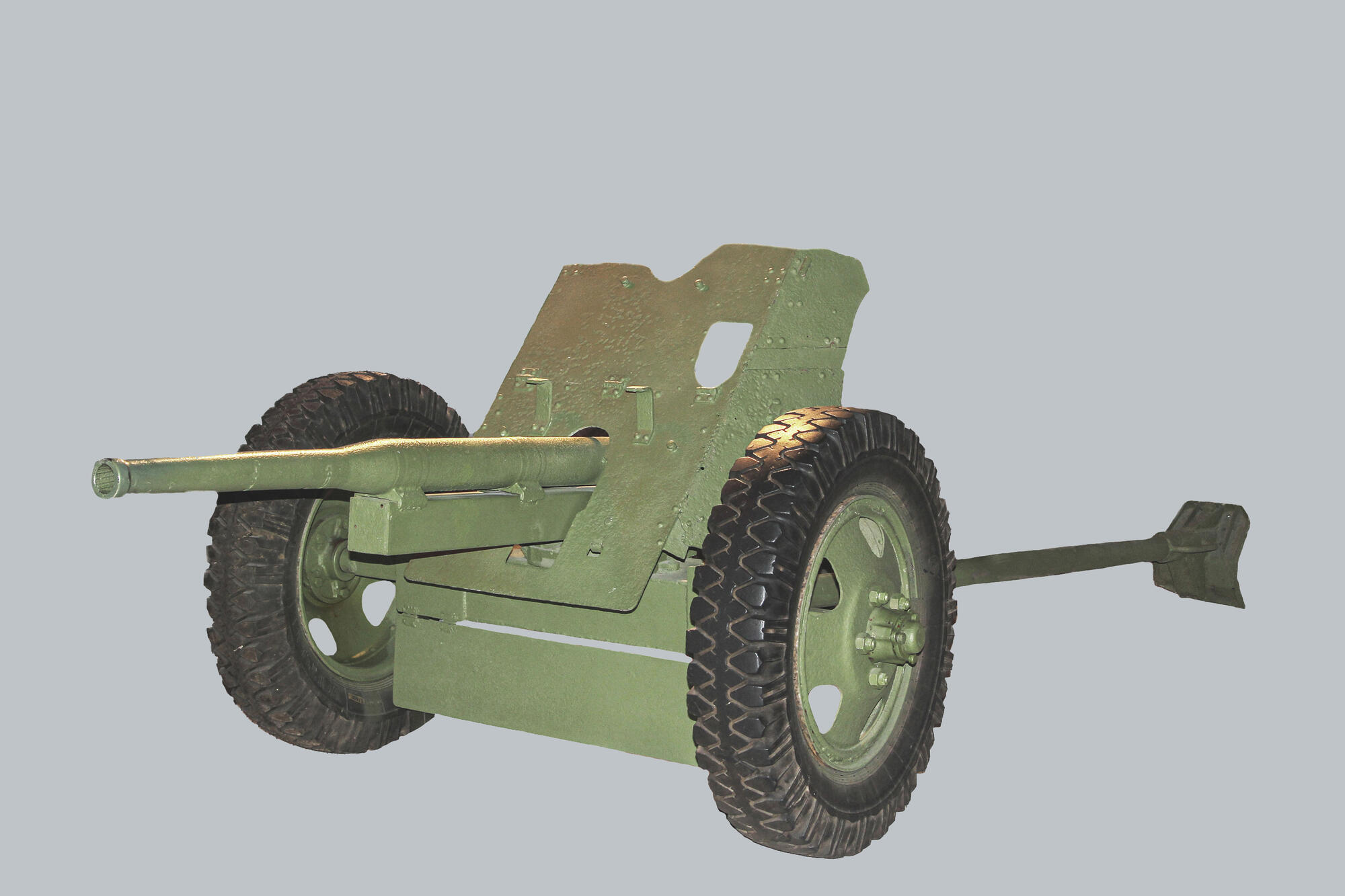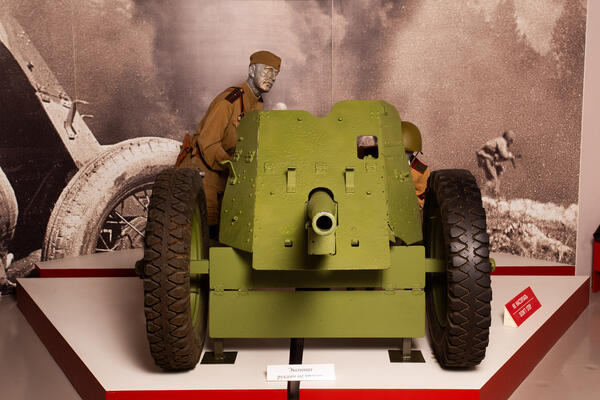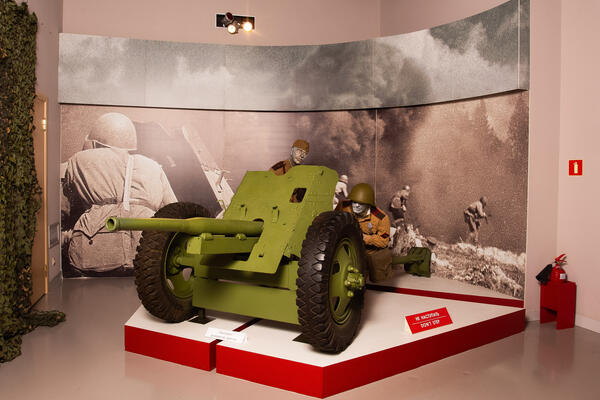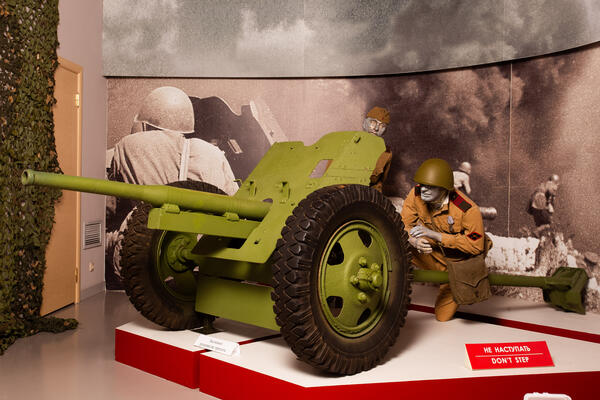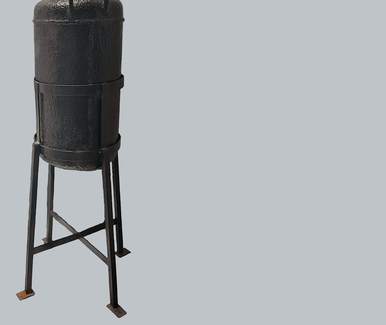The 45-millimeter anti-tank gun M1937 consists of a carriage, a barrel with a semi-automatic breech, wheels, two trails and an armor plate. This gun was used during WW2 and has no sighting devices.
The history of the development of the “Sorokapyatka” (“little forty-five”) began with the purchase of a license for the 37-mm anti-tank gun Pak 35/36 (the 3.7 cm Pak 36) designed by the German company Rheinmetall, which was considered the best in its class. The gun was accepted into service with the Red Army as the “37-mm anti-tank gun of the 1930 model”, its production was established at Plant No. 8 named after Mikhail Kalinin in the village of Podlipki near Moscow.
A year later, it was decided to increase the caliber to 45 millimeters. Then, the design bureau of the same plant, under the leadership of chief designer Mikhail Nikolaevich Loginov, developed a modernized version of the 1932 anti-tank gun in order to increase its firepower.
In 1938, the updated gun was adopted by the Red Army under the designation “45-mm anti-tank gun of the 1937 model”. It was this modification that became the most popular. The chief designer was awarded the Order of the Red Star for its development.
As of June 22, 1941, the Red Army was supplied with 16,621 units of the 45-mm anti-tank gun of the M1932 and M1937 designs. When the Great Patriotic War began, this gun became the main anti-tank weapon not only of the official armed forces, but also of partisan detachments. During the war, “Sorokapyatka” gunners managed to destroy about 70 percent of all enemy tanks.
By 1942, with the increase in the thickness of the armor of German tanks, the insufficient armor penetration of this gun was revealed. In this regard, the gun was to undergo changes. On the eve of the Battle of Kursk, special attention was paid to the training of anti-tank artillery crews.
Each Red Army soldier had a memo in his gymnastyorka pocket, which featured depictions of silhouettes of German tanks and aircraft from three angles and indicated the vulnerabilities of each type of tank, as well as their tactical and technical characteristics.
In practice, the updated M-42 45-mm anti-tank guns were able to penetrate the side armor of the medium tank Panzer IV or Panzer V at short range only when using sub-caliber ammunition.
During the fighting in the Kursk salient, the firing positions of 45-mm anti-tank guns and 76-mm field artillery guns were at the forefront of defense. Behind them, at a distance of three to five kilometers from the front line, there were firing positions of divisional artillery and reinforcement artillery. Even further away were firing positions for heavy artillery.
